Galangal Root: The Spicy Secret Behind Thai and Indonesian Cuisine
Table of Contents
- Introduction
- What Is Galangal Root?
- Flavor Profile & Unique Characteristics
- Common Culinary Uses
- Galangal Substitutes: What Can You Use Instead?
- 5 Practical Tips for Using Galangal Root
- Is Galangal Root Good for You?
- Buying, Storing, and Preparing Galangal
- Conclusion
Introduction
When it comes to exotic spices and roots that pack a punch, few are as misunderstood—and underappreciated—as galangal root. While it may look similar to ginger at first glance, don’t be fooled. This knobby, pale rhizome is the unsung hero of many Southeast Asian dishes, especially in Thai and Indonesian cuisine.
If you’ve ever made tom kha gai or rendang and wondered what gives it that peppery, piney zing, you’ve got galangal to thank.
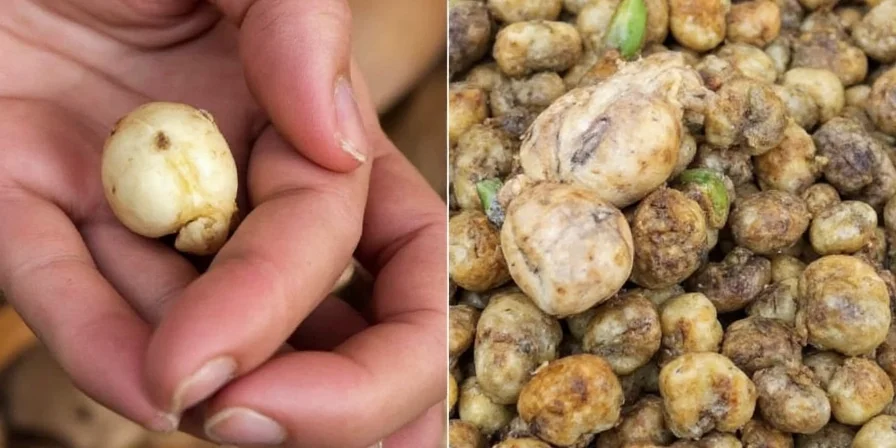
What Is Galangal Root?
Galangal root is part of the Zingiberaceae (ginger) family, but it’s not just “fancy ginger.” There are two main types commonly used in cooking:
- Greater galangal (Alpinia galanga) – Used widely in Thai and Indonesian dishes
- Lesser galangal (Alpinia officinarum) – Often used in traditional Chinese medicine
The one you’ll likely encounter in recipes is greater galangal. It has a tough, woody skin and a fibrous interior. Unlike ginger, which is often eaten raw or pickled, galangal is almost always cooked to unlock its full potential.
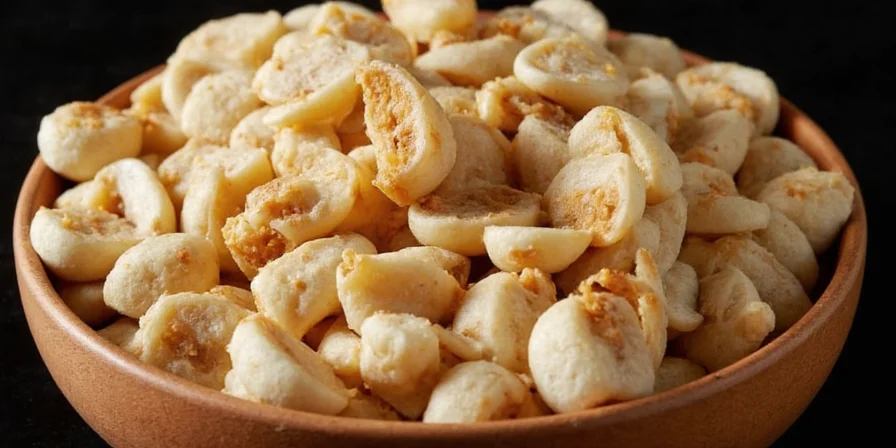
Flavor Profile & Unique Characteristics
If ginger were a warm hug, galangal would be a spicy high-five with a hint of citrus and pine. Its flavor is sharper, more camphoraceous, and less sweet than ginger.
| Characteristic | Galangal | Ginger |
|---|---|---|
| Taste | Piney, peppery, citrusy | Sweet-spicy, earthy |
| Texture | Fibrous, woody | Juicy, crisp |
| Aroma | Clean, sharp, herbal | Warm, zesty, pungent |
In short: if you want boldness and complexity, reach for galangal. If you're going for warmth and sweetness, stick with ginger.
Common Culinary Uses
Galangal is the backbone of many classic dishes across Southeast Asia. Here’s where you’ll typically find it:
- Tom Kha Gai – A creamy coconut chicken soup from Thailand
- Rendang – A slow-cooked beef curry from Indonesia
- Larb Moo – A spicy pork salad that relies on galangal for depth
- Krathiam-Kra-Lueang Paste – A garlic-galangal base for many Thai stir-fries
It’s often sliced thinly or pounded into a paste before being sautéed or simmered into soups and stews. Due to its fibrous nature, it’s usually removed before serving unless finely grated or blended.
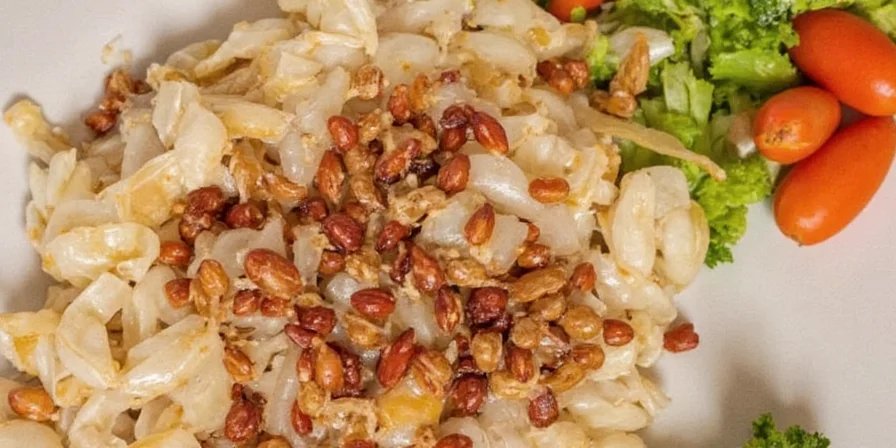
Galangal Substitutes: What Can You Use Instead?
If you can’t find fresh galangal, don’t panic—but also don’t grab a piece of ginger expecting the same result. Here’s your cheat sheet:
| Substitute | How to Use | Effect |
|---|---|---|
| Ginger + Lime Zest | Use equal parts ginger + a pinch of lime zest | Will mimic some of the brightness but lack galangal’s sharpness |
| Better substitute: Galangal Powder | 1 tsp powder = 1 tbsp grated fresh root | More concentrated and closer to real thing |
| Dried Galangal Slices | Soak until softened or grind into powder | Mildly effective, but not as aromatic as fresh |
| Horseradish (only in a pinch) | Use sparingly; mix with lemon juice | Very strong and pungent—use only when nothing else works |
5 Practical Tips for Using Galangal Root
- Don’t eat it raw – Galangal is tough and bitter uncooked. Always cook it!
- Slice it thin – Especially for long-cooking dishes like curries or soups
- Grate or blend it – For pastes and sauces where texture matters
- Pair it with lemongrass and kaffir lime – They amplify each other’s aromas
- Store it right – Wrap in plastic and keep in fridge up to 2 weeks. Freeze for longer storage.

Is Galangal Root Good for You?
Aside from its culinary superpowers, galangal root also has some impressive health benefits:
- Antioxidant-rich – Helps fight oxidative stress
- Anti-inflammatory – May help reduce inflammation
- Antimicrobial properties – Could aid in fighting infections
- Improves digestion – Like ginger, it can soothe the stomach
Note: These benefits mostly come from traditional medicine practices and preliminary studies. As always, consult a healthcare professional for specific health concerns.
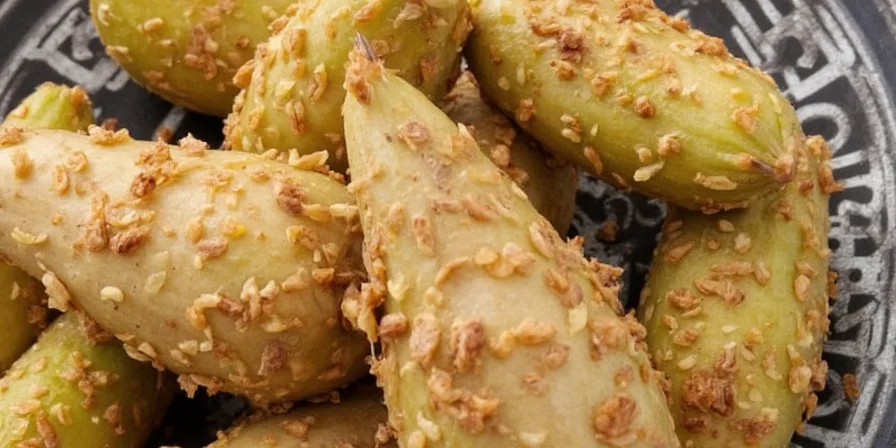
Buying, Storing, and Preparing Galangal
Where to Buy Galangal:
- Asian grocery stores (especially Thai or Vietnamese markets)
- Select mainstream supermarkets (often in the produce section near ginger)
- Online specialty spice shops (for dried slices or powder)
How to Choose:
- Look for firm, smooth roots without soft spots
- Avoid shriveled or dry-looking pieces
Storage Tips:
- Refrigerator: Up to 2 weeks in a plastic bag
- Freezer: Slice and freeze for easy use in future recipes
- Dry: Cut into slices and dehydrate for grinding later
Preparation:
- Peel lightly with a spoon or knife
- Slice thinly for long-cooked dishes
- Grate or blend for pastes
Conclusion: Galangal Root Deserves a Spot in Your Spice Cabinet
Galangal root may not be as mainstream as turmeric or chili flakes, but once you understand its unique qualities, you’ll wonder how you ever made Thai soup without it.
From boosting the flavor of your favorite curry to potentially offering health perks, galangal root is a versatile and valuable ingredient. Whether you’re a seasoned chef or a curious home cook, adding this aromatic root to your pantry opens the door to a world of vibrant, complex flavors.
So next time you’re at the market, give that odd-looking root a second glance—it might just be the missing link in your spice game.

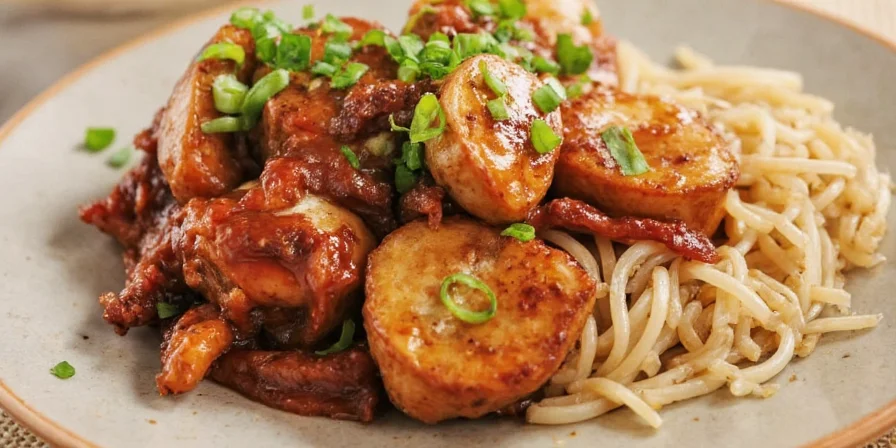









 浙公网安备
33010002000092号
浙公网安备
33010002000092号 浙B2-20120091-4
浙B2-20120091-4